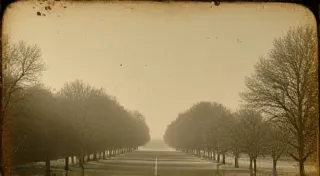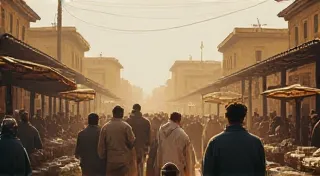The Cartographer’s Canvas: Mapping the Evolution of First Day Cover Design
There’s a peculiar, almost visceral, feeling that accompanies holding an antique First Day Cover (FDC). It’s more than just the feel of aged paper and the tactile impression of the postmark; it's the echo of a moment frozen in time. Think of it like discovering an old accordion, its bellows stiff but promising a melody from a bygone era. The first time I held a pristine 1961 Kennedy FDC, the simplicity of its design struck me – a stark, elegant counterpoint to the grief and upheaval that surrounded its release. It wasn’t merely a stamp; it was a miniature portrait of a nation in mourning, meticulously documented. That feeling, that sense of connection to history, is profoundly amplified by an appreciation for the artistry behind the cover’s design.
For the serious philatelist, the FDC offers a unique window into postal history and design evolution. Unlike regular stamps, which often undergo numerous design iterations, FDCs often represent the initial, intended vision of the issuing authority. Examining their design characteristics, from the earliest minimalist examples to the elaborate creations of later decades, is akin to tracing the stylistic shifts in a celebrated artist's oeuvre. It's a journey through changing tastes, evolving printing techniques, and the ever-present need to commemorate significant events.
The Early Years: A Study in Restraint (1948 – 1960s)
The concept of the First Day Cover was officially born in 1948 with the release of the United States Airmail stamps. The US Post Office Department initially offered a service where collectors could send stamps to be cancelled on the first day of release and returned, marking the beginning of a specialized collecting niche. Early FDCs were characterized by a remarkable simplicity. The emphasis was on the postmark – a clear, crisp cancellation – and the unadorned stamp itself. The covers were typically plain, often bearing only the issuing authority's name or a simple commemorative inscription. This wasn’t a matter of artistic limitation; it was a reflection of the prevailing aesthetic – a pursuit of clarity and directness. Think of it as the modernist movement in graphic design, stripping away ornamentation to reveal the essence of form.
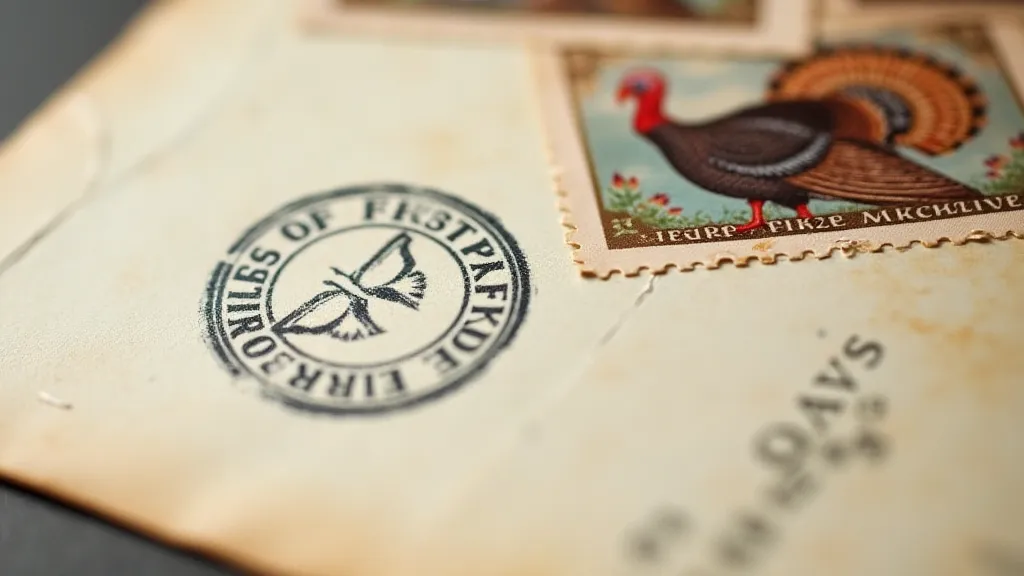
The printing methods of the time – primarily letterpress and engraving – also influenced the design. Intricate details were challenging to reproduce, leading to a preference for bold, easily rendered imagery. The postmarks themselves were often meticulously crafted, showcasing a dedication to precision and elegance that’s largely absent from contemporary postal markings. Collectors often prioritize covers with unusual or particularly well-executed postmarks – a testament to the value placed on craftsmanship.
The Age of Experimentation: Color and Complexity (1960s – 1980s)
The 1960s marked a turning point. The introduction of new printing techniques, like rotogravure, and a broader acceptance of bold, colorful designs led to a gradual shift in FDC aesthetics. Suddenly, covers were adorned with elaborate illustrations, commemorative inscriptions, and even embossed elements. The Kennedy FDC mentioned earlier, while retaining a sense of solemnity, represented a move toward richer color palettes and more detailed imagery. The bicentennials of the 1970s truly unleashed a riot of design. Covers became miniature artworks, showcasing elaborate vignettes depicting historical events and figures. Some of these designs bordered on the gaudy, a point of contention among collectors – a reminder that artistic taste is subjective and evolves over time.
This period also saw the rise of “designer covers,” privately produced FDCs often featuring artwork that complemented but wasn’s officially sanctioned by the Postal Service. These covers added another layer of complexity to the collecting landscape and offered a glimpse into the creativity of independent artists.
Digital Landscapes and Beyond (1990s – Present)
The advent of digital printing in the 1990s revolutionized the possibilities for FDC design. Suddenly, gradients, photographic imagery, and intricate patterns became readily achievable. While this expanded the range of creative expression, it also arguably led to a dilution of quality. The ease of reproduction diminished the sense of exclusivity and the value placed on the artistic hand.
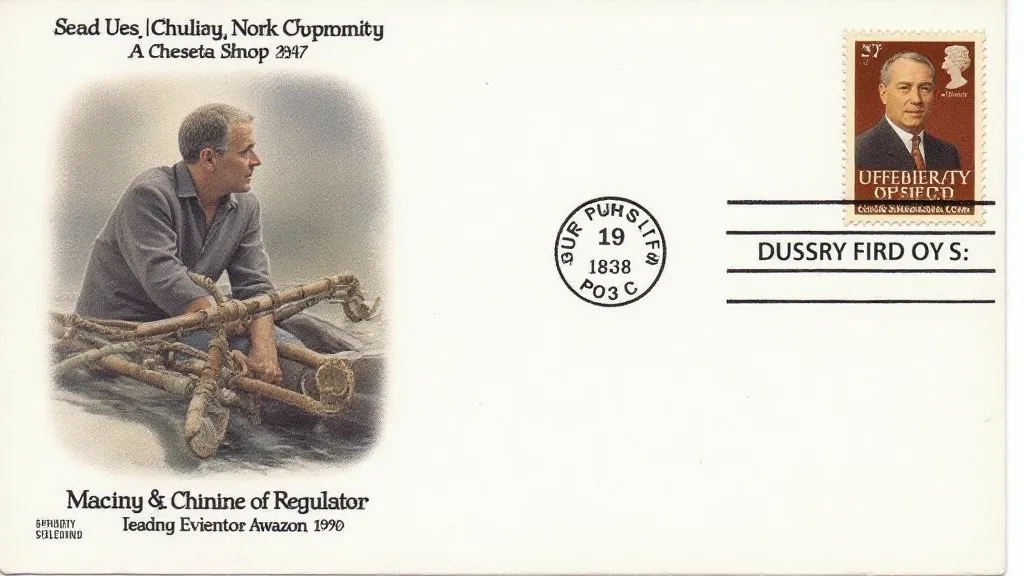
Today, FDC design is a curious blend of traditional and contemporary influences. While the elaborate flourishes of the past have largely subsided, there’s a renewed appreciation for simplicity and a desire to evoke a sense of nostalgia. Some postal authorities are actively incorporating elements of vintage design into their FDC releases, recognizing the enduring appeal of classic aesthetics. Restoration, where appropriate and ethical, is now a common practice among serious collectors, breathing new life into these historical artifacts. However, it’s vital that any restoration work be documented transparently – maintaining the integrity of the cover’s history.
The Collector's Eye: Understanding Value and Condition
For the dedicated FDC collector, understanding the nuances of design and condition is paramount. A pristine, mint-condition cover featuring a rare or innovative design will command a significantly higher price than a worn or poorly executed example. Factors such as postmark clarity, centering of the stamp, and the presence of any flaws (creases, tears, stains) all contribute to the overall value. A postmark from a remote post office, or one featuring a unique or error cancellation, can dramatically increase a cover’s desirability. The story behind the cover – its origin, the events it commemorates, the people who handled it – adds another layer of intrigue and value.
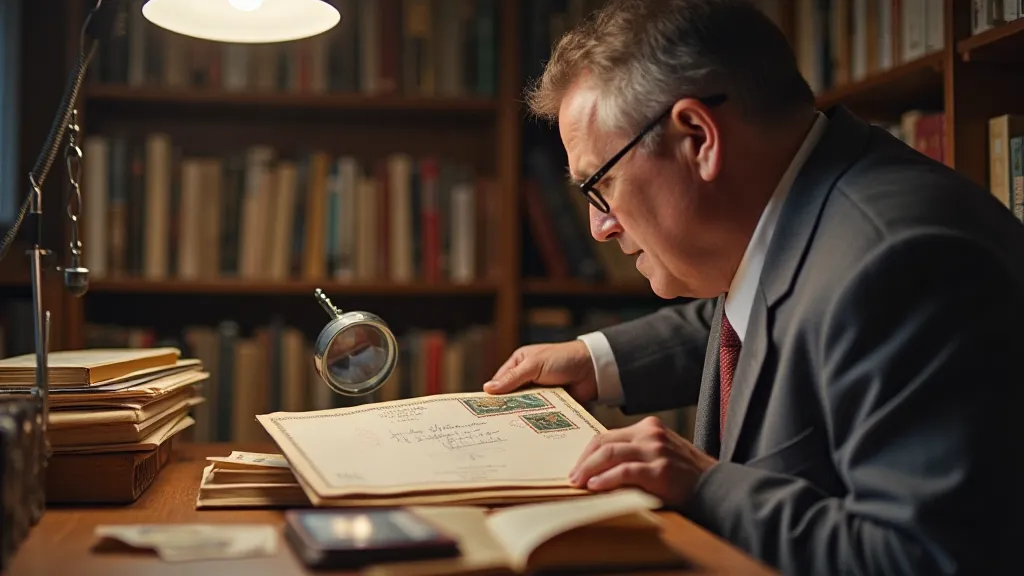
The evolution of First Day Cover design is more than just a visual journey; it's a reflection of a nation's changing tastes, technological advancements, and the enduring power of commemorating moments in history. Each cover is a miniature cartographer’s canvas, mapping not just geography but also the evolving landscape of artistic expression and the human desire to preserve time's fleeting moments. It’s a collection that offers an unparalleled glimpse into the story of our past, one carefully cancelled cover at a time.
